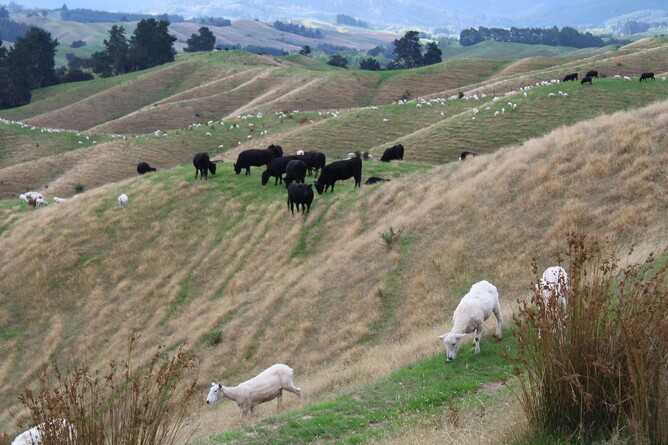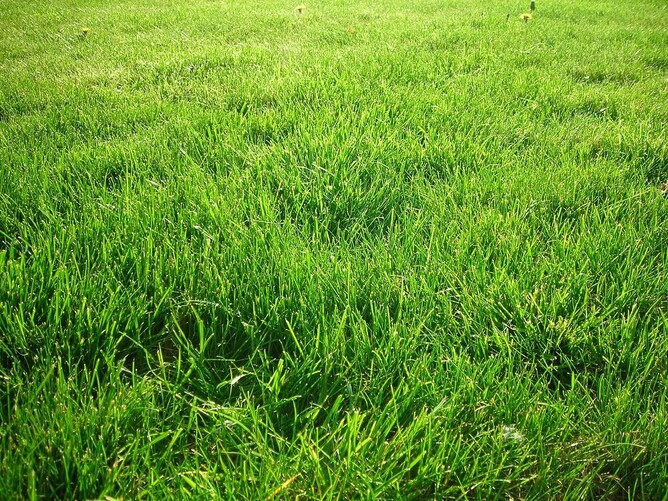Preventing the consumption of high larval burdens is critical to limiting the effects on animal health and productivity.
With the prevalence of drench-resistant worms on the rise among sheep and cattle in Southland, there is no time like the present to work on a sustainable parasite management plan for your farm.
As well as ensuring drenches are used effectively, we can utilise pasture management plans to control the larval challenge that our animals are exposed to. Preventing the consumption of high larval burdens is critical to limiting the effects on animal health and productivity.
Pasture management practices
By adopting any of the practices below, we can reduce the larval challenge that particularly young stock are exposed to.
However, it is important to ensure a refugia population (undrenched worms) that is susceptible to drenches is maintained to reduce the development of resistance and enable the development of immunity in the first 18 months of life.
Cross grazing or co-grazing with different stock species can reduce larval challenge because sheep, cattle and deer are affected by different worm species;
Healthy adult stock tend to consume more worms than they shed, so can be used to help remove larvae from pastures that are heavily contaminated. For example, follow calf grazing groups with adult cattle;
Hay and silage aftermaths have a lower larval challenge;
Use forage crops to reduce larval intake. Cropping or re-seeding grass removes a proportion of existing larvae from paddocks. Leaving paddocks fallow during hot dry periods before reseeding helps kill off larvae present in the soil.
What is ‘clean pasture’ and how should it be managed?
Clean pastures have low levels of larval challenge. They include:
Resown paddocks
Pastures that have had sheep grazed for a long period of time before being grazed by cattle
Pastures recently cut for silage.
It’s difficult to achieve pastures completely free of any larval challenge. Clean pastures must be carefully managed to avoid repopulation with resistant worms in order to preserve the efficacy of our drenches.
The best way to do this is by ensuring animals that are drenched are returned to the same pasture and not put out onto a clean pasture. This ensures susceptible worms are consumed that will help dilute out the resistant worms before moving to clean pastures.
It’s a good idea to avoid using the same paddocks for youngstock every year as larval contamination will build up over time (e.g. weaning onto the same paddocks every year).
Minimising larval uptake by not overgrazing is also essential. Larvae live in the lower 2.5cm of grass and the top 1cm of soil. Avoiding grazing below this level minimises the number of larvae consumed.
For more information on sustainable worming practices and the role pasture management plays in this, check out this article from our sister publication, Dairy Notes.


